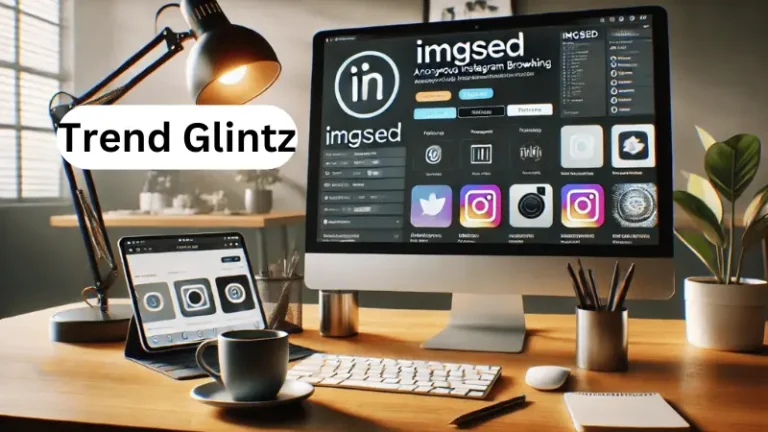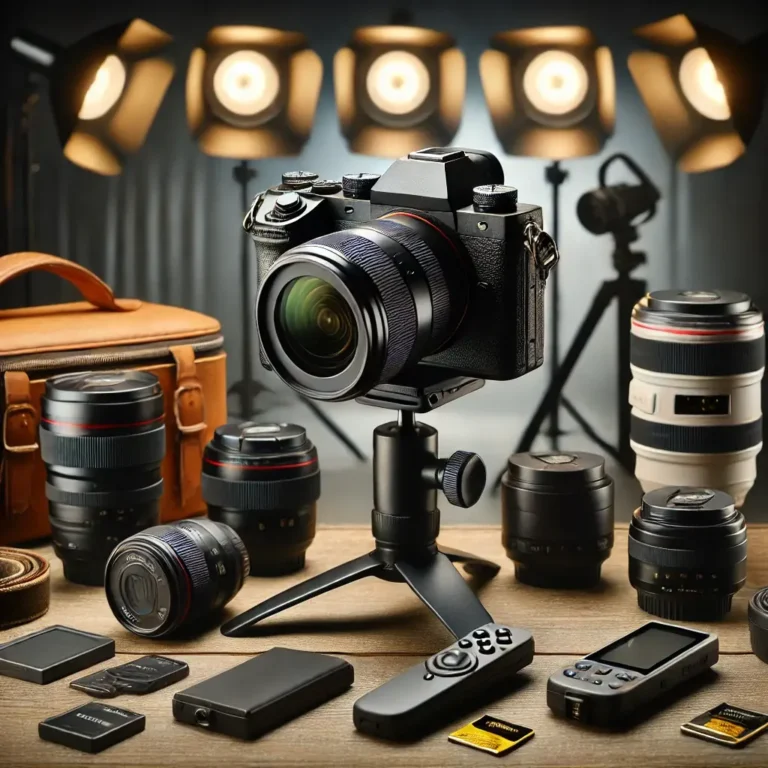Creating a Compelling Visual Journal Biography Page

A visual journal biography page is more than just a collection of facts and images; it’s a dynamic tool that captures your creative essence, showcases your journey, and engages your audience in a meaningful way. Whether you’re an artist, writer, or creative professional, your biography page can be a powerful representation of your personal and professional identity. In this comprehensive guide, we’ll explore the essential components, design tips, and best practices for crafting a compelling visual journal biography page that stands out and resonates with viewers.
Understanding the Visual Journal Biography Page
Definition and Purpose
A visual journal biography page is a segment of your visual journal dedicated to providing an overview of who you are, what you do, and how you do it. Unlike a traditional biography, which might be text-heavy, a visual journal biography integrates various visual elements—such as images, sketches, and graphics—to offer a more engaging and immersive experience. This page serves as a narrative tool, blending personal and professional information with creative expression to build a deeper connection with your audience.
Key Elements of an Effective Biography Page
To create a biography page that truly represents you and your work, consider including the following key elements:
- Personal Background: Share your journey, influences, and experiences.
- Visual Storytelling: Use images and sketches to illustrate your narrative.
- Creative Process: Provide insights into how you create your work.
- Personal Reflections: Include anecdotes and reflections to add depth.
Examples of Different Styles and Formats
Visual journal biography pages can vary widely in style and format. Some might focus heavily on visual elements, using minimal text, while others might include detailed narratives with accompanying images. The choice of style depends on your personal preference and the message you wish to convey. For instance, an artist might showcase their work through a series of images and sketches, while a writer might include excerpts from their work alongside personal reflections.
Essential Components
A. Personal Background
Your personal background provides context for your creative work. This section should cover:
Professional Background and Experience
Detail your education, relevant experience, and achievements. Highlight any milestones or significant projects that have shaped your career. This helps viewers understand your qualifications and the depth of your expertise.
Artistic Journey and Influences
Share the story of how you began your creative journey. Discuss the influences that have inspired your work, whether they are other artists, life experiences, or specific events. This adds a personal touch and helps viewers connect with your story.
B. Visual Elements
Visual storytelling is a core aspect of a visual journal biography page. To make your page visually engaging:
Importance of Visual Storytelling
Visual elements such as images, sketches, and graphics can convey emotions and ideas more effectively than text alone. They provide a richer, more immersive experience for viewers and can help illustrate the evolution of your work and creative process.
Integration of Images, Sketches, and Other Visual Content
Incorporate a variety of visual content to create a dynamic page. This might include:
- Photographs: Images of your work, studio, or creative process.
- Sketches: Drawings or preliminary sketches that showcase your artistic development.
- Graphics: Infographics or diagrams that explain aspects of your work or process.
C. Creative Process
Your creative process is a crucial aspect of your biography page, as it gives viewers insight into how you create your work.
Description of the Creative Process and Techniques Used
Explain your creative process in detail. This might include your approach to brainstorming, developing ideas, and executing your work. Highlight any unique techniques or methods you use, and provide examples where possible.
Insights into the Tools and Materials Employed
Discuss the tools and materials you use in your work. Whether it’s a specific type of paint, digital software, or a particular medium, providing this information can give viewers a deeper understanding of your craft and the effort involved in creating your work.
D. Personal Reflections
Personal reflections add depth and authenticity to your biography page. This section can include:
Inclusion of Personal Anecdotes and Reflections
Share personal stories or reflections that have influenced your work. This might include challenges you’ve faced, moments of inspiration, or lessons learned along the way. Personal anecdotes help humanize your biography page and create a more engaging narrative.
The Role of Personal Growth and Development
Discuss how your work has evolved over time and the ways in which you have grown as a creative individual. This can provide context for your current work and offer viewers a sense of your journey and development.
Design and Layout Tips
A. Structuring the Page
A well-structured page ensures that your content is easy to navigate and visually appealing.
Tips for Organizing Content Logically and Appealingly
- Hierarchy: Use headings and subheadings to create a clear structure.
- Flow: Arrange content in a logical sequence that guides viewers through your story.
- Balance: Ensure a good balance between text and visual elements to maintain interest.
Importance of a Clean and Accessible Layout
A clean layout with ample white space helps ensure that your content is easy to read and navigate. Avoid cluttering the page with too many elements, and use consistent fonts and colors to create a cohesive look.
B. Visual Appeal
The visual appeal of your biography page plays a significant role in engaging viewers.
Use of Color, Typography, and Imagery
- Color: Choose a color scheme that complements your work and enhances the overall aesthetic.
- Typography: Select fonts that are easy to read and align with the style of your work.
- Imagery: Use high-quality images and graphics that add value to your content and enhance the visual storytelling.
Balancing Text and Visuals for Impact
Strike a balance between text and visual elements to create a compelling page. Ensure that visual elements support and enhance the narrative rather than overwhelm it. Use text to provide context and explanation, while visuals should illustrate and complement the information presented.
Best Practices for Engagement
A. Authenticity
Being authentic is crucial in creating a biography page that resonates with viewers.
Importance of Being Genuine and Relatable
Present yourself in a genuine manner. Authenticity builds trust and helps viewers connect with you on a personal level. Avoid using overly formal language or presenting an idealized version of yourself; instead, focus on being relatable and honest.
B. Interaction
Encouraging interaction can enhance the engagement of your biography page.
Encouraging Viewer Interaction and Feedback
Provide opportunities for viewers to interact with your page. This might include a contact form, links to social media profiles, or prompts for feedback. Engaging with your audience can lead to meaningful connections and valuable insights.
C. Regular Updates
Keeping your biography page up-to-date is essential for maintaining its relevance.
Keeping the Biography Page Current and Relevant
Regularly update your page to reflect new achievements, projects, and personal developments. This ensures that your page remains accurate and continues to provide value to viewers.
Examples and Case Studies
Analysis of Successful Visual Journal Biography Pages
Examining successful examples can provide inspiration and insights for creating your own biography page.
Insights and Takeaways from Featured Examples
Look at how others have structured their pages, used visual elements, and engaged their audience. Identify what works well and consider how you can apply similar techniques to your own page. For example, a well-organized page with a clear narrative and high-quality visuals can make a strong impression.

Tools and Resources
A. Digital Tools
Several digital tools can help you create a professional and polished visual journal biography page.
Recommended Software and Platforms
- Adobe Creative Cloud: Offers a suite of tools for design, including Photoshop and Illustrator.
- Canva: Provides easy-to-use templates and design tools for creating visually appealing pages.
- Procreate: A popular app for digital drawing and sketching on tablets.
B. Print and Physical Options
If you prefer a physical version of your biography page, consider these options:
Considerations for Creating Physical Versions
- Quality Printing: Use high-quality printing services to ensure that your images and text are clear and vibrant.
- Binding Options: Choose binding options that suit your needs, whether it’s a professional portfolio or a handmade journal.
Read Also: Andre Hakkak Net Worth: An In-depth Look into the Financial Success of White Oak Global’s Co-founder
Conclusion
Creating a compelling visual journal biography page is an opportunity to showcase your personal and professional identity in a dynamic and engaging way. By incorporating essential components, following design tips, and adhering to best practices, you can craft a biography page that not only represents you effectively but also captivates and resonates with your audience. Embrace your creative journey, and let your visual journal biography page be a testament to your unique story and artistic expression.






